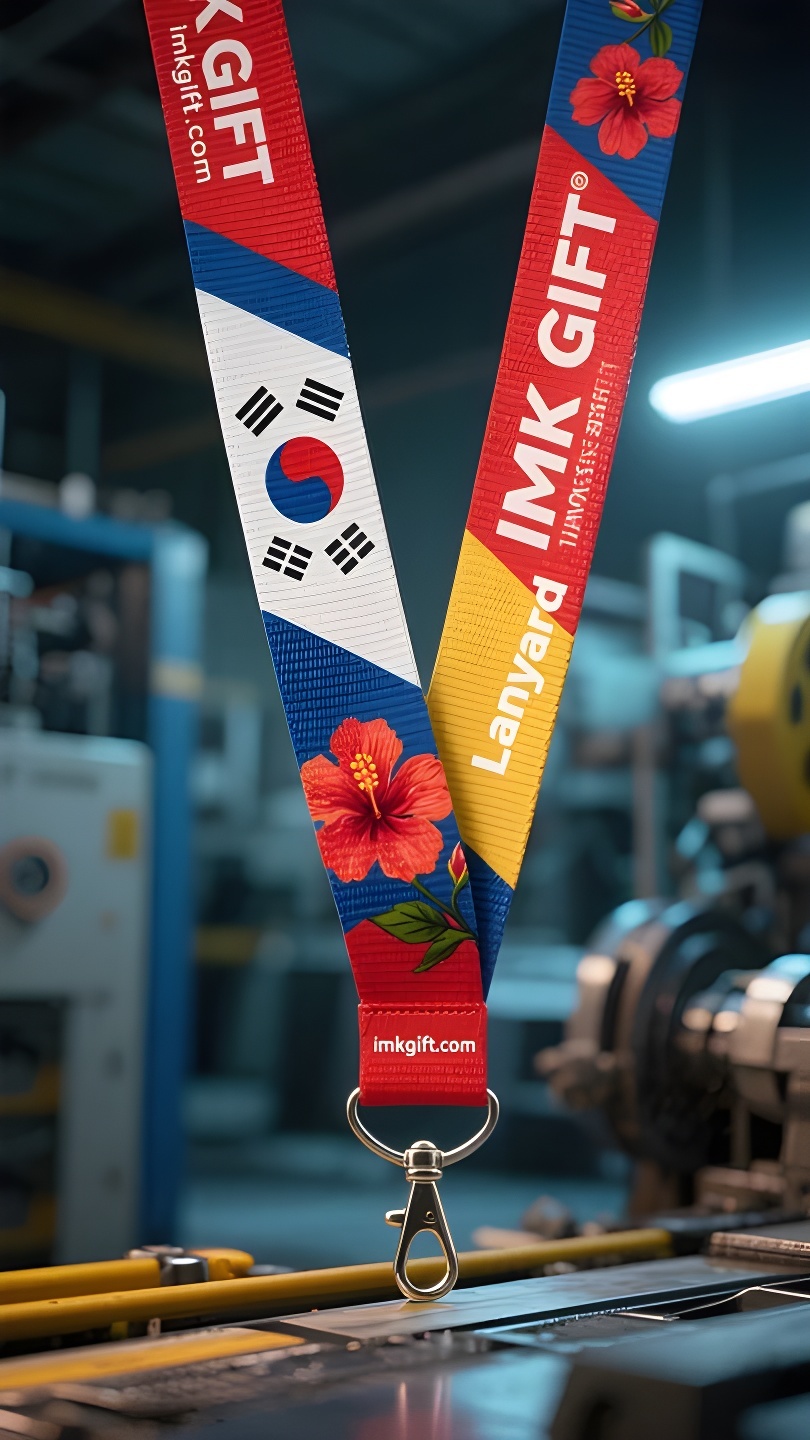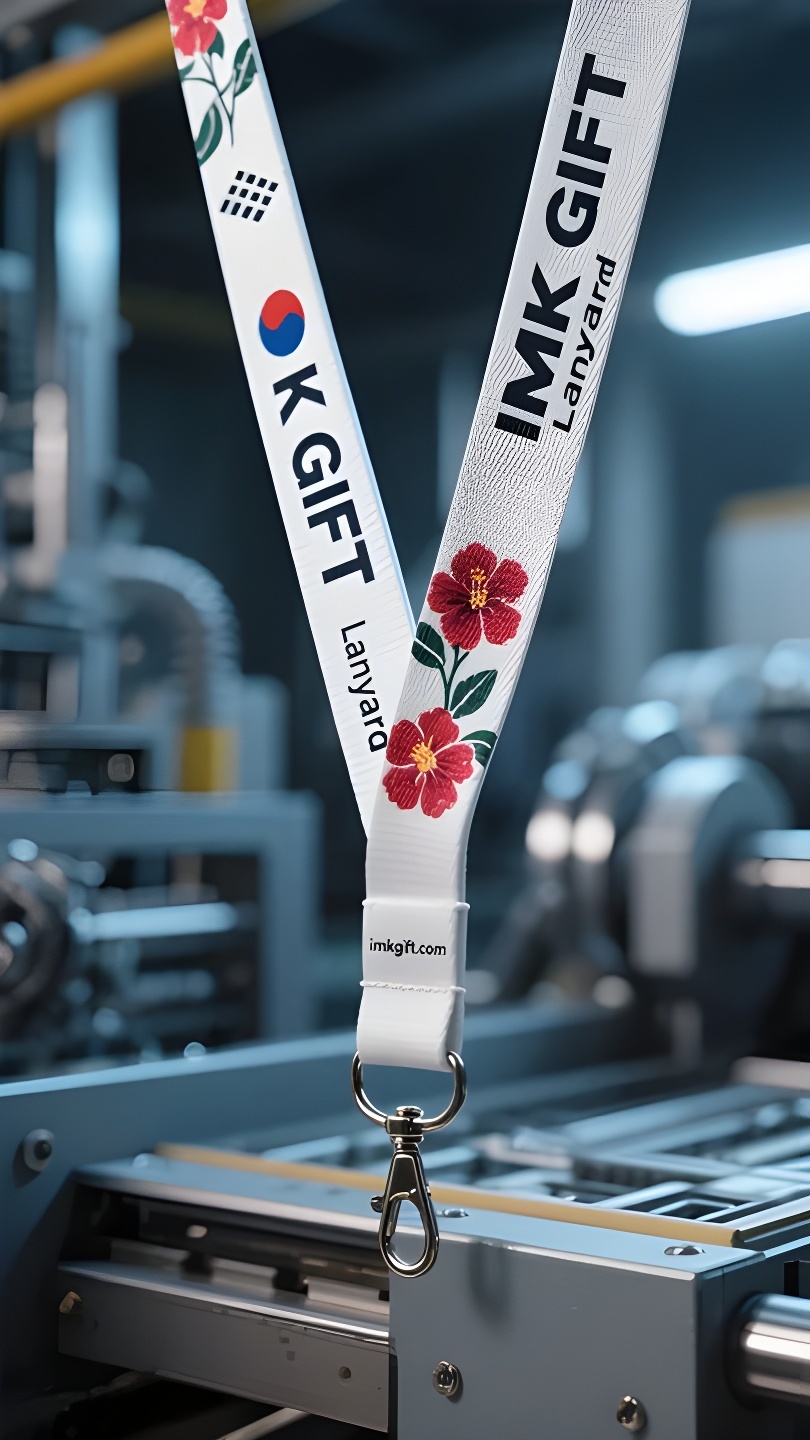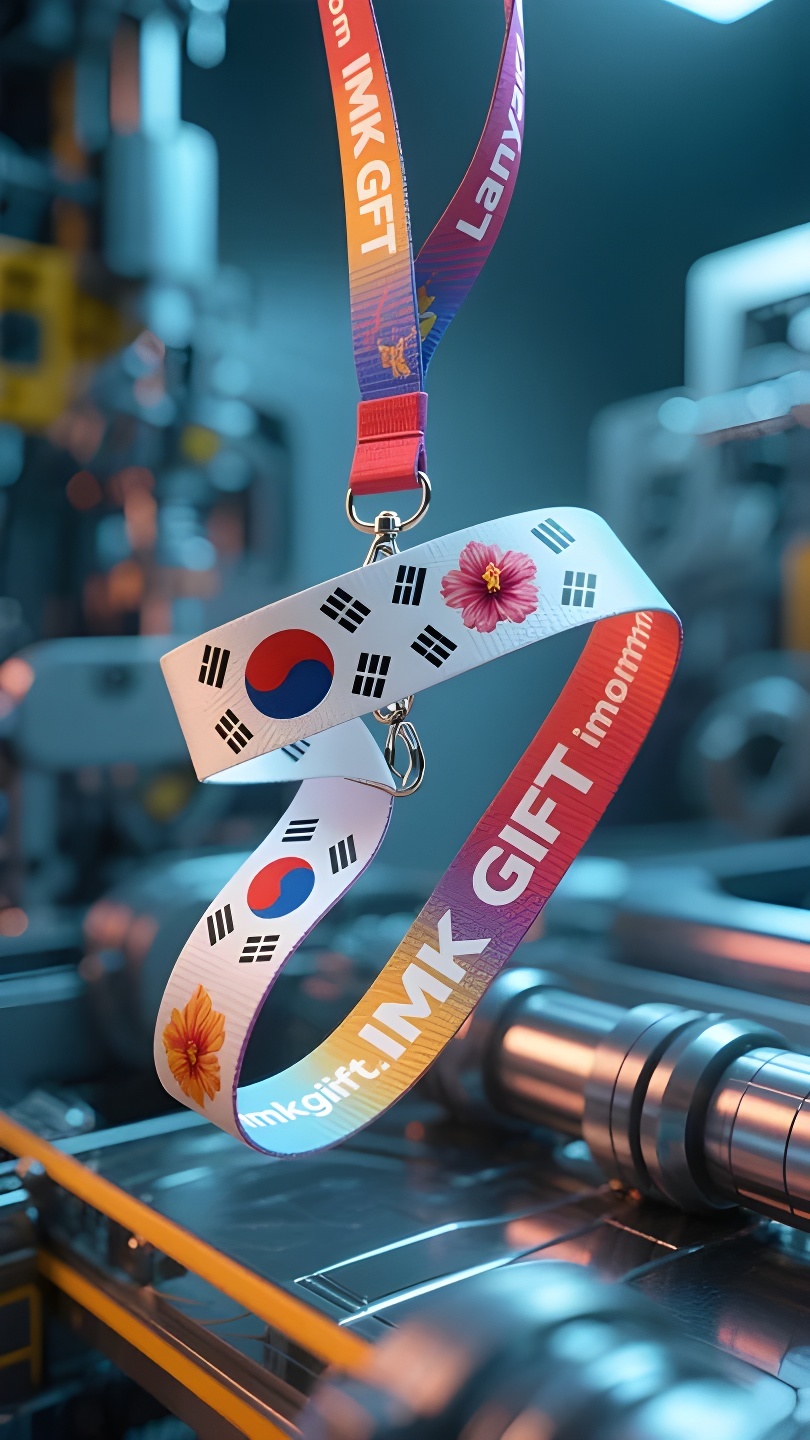in997-산과-강에-묶인-붉은-목련꽃
▼
10월, 한국은 하늘이 열리는 것을 기념합니다. 거리에 나부끼는 태극기와 무궁화 줄은 서로를 보완합니다. 붉은색과 파란색 비단실로 엮인 무궁화 줄은 민족 정신의 무게를 담을 뿐만 아니라, 날실과 씨실이 서로 얽히고설키며 지속 가능한 생존의 철학을 담고 있습니다. 무궁화 줄의 뜨개질 기법은 대한민국 국기의 삼재사상(三貌思想)의 정수와도 일맥상통합니다. 흰색 바탕은 순수함을 상징하며, 중앙 태극 문양의 붉은색과 파란색은 얇은 선으로 분해되어 영원을 상징하는 무궁화 꽃잎과 다시 하나로 어우러집니다. 무궁화가 비바람과 서리를 견뎌내고 매일 꽃을 피우듯이, 각 매듭은 일곱 개의 고리를 거쳐야 합니다. 이 “무한 꽃매듭” 기법은 우리 조상들이 현대인에게 남긴 영감입니다. 서로 상반되는 요소들을 하나로 엮을 때만 우리는 강인한 생명력을 키울 수 있습니다. 서울 청계천 기슭에서 시민들은 마치 도시의 피에 문화 유전자를 주입하듯 난간에 매달린 밧줄을 묶습니다. 펄럭이는 이 비단 리본은 개인의 소망을 담아내는 동시에 민족 정신의 구체적인 존재를 보여줍니다. 세계화의 물결이 전통 문화를 덮칠 때, 무궁화 끈은 진정한 보호는 본래의 모습을 고수하는 것이 아니라, 마치 끈을 짜듯이 전통과 혁신이 시간 속에서 끊임없이 재편되고 재생되도록 하는 것임을 일깨워줍니다. 이 붉고 푸른 문화적 상징은 현대 한국인들의 손목을 타고 흐릅니다. 그것은 성급함을 이겨내는 부적일 뿐만 아니라, 과거와 현재를 연결하는 시간의 끈이기도 합니다. 끈을 짜듯 삶을 관리하는 법을 배울 때, 우리는 변화하는 시대 속에서도 영원히 피어나는 끈의 강인함을 항상 붙잡을 수 있습니다.
In October, Korea celebrates the opening of the sky. The Taegeukgi and hibiscus flower hanging ropes flying in the streets complement each other. The hanging ropes woven with red and blue silk threads not only carry the weight of the national spirit, but also tell the philosophy of sustainable survival in the interweaving of warp and weft. The knitting technique of the hibiscus flower hanging ropes is in line with the essence of the “Three Talents Thought” of the Korean national flag. The white background symbolizes purity, and the red and blue colors of the central Tai Chi pattern are decomposed into thin lines and re-integrated with the hibiscus petals symbolizing eternity in the hanging rope. Each knot needs to go through seven loops, just like the hibiscus flower still blooms every day after weathering the wind and frost. This “infinite flower knot” technique is the inspiration left by our ancestors to modern people: only by weaving opposing elements into a whole can we build a tenacious vitality. On the banks of Cheonggyecheon in Seoul, citizens tie the hanging ropes to the railings, as if injecting cultural genes into the city’s blood. These fluttering silk ribbons are not only the sustenance of personal wishes, but also the concrete existence of national spirit. When the wave of globalization hits traditional culture, the hibiscus lanyard reminds us that the real protection is not to stick to the original appearance, but to let tradition and innovation continue to reorganize and regenerate in time, just like weaving a lanyard. This red and blue cultural symbol is circulating on the wrists of contemporary Koreans. It is not only a talisman to resist impetuousness, but also a time rope connecting the past and the present. When we learn to manage our lives like weaving a lanyard, we can always grasp the tenacity of eternal bloom in the changing times.
十月的韩国迎来开天节,街头巷尾飘荡的太极旗与木槿花挂绳交相辉映。那些用红蓝丝线编织的挂绳,不仅承载着民族精神的重量,更在经纬交织间诉说着永续的生存哲学。
木槿花挂绳的编结工艺,暗合韩国国旗”三才思想”的精髓。白底象征纯洁,中央太极图案的红蓝两色被分解成细线,与象征永恒的木槿花瓣在挂绳中重新融合。每道绳结都需经历七次回环,正如木槿花历经风霜仍日日盛放。这种”无穷花之结”的技法,正是先民留给现代人的启示:唯有将对立元素编织为整体,才能构筑坚韧的生命力。
在首尔清溪川畔,市民们将挂绳系在栏杆上,如同为城市血脉注入文化基因。这些飘动的丝绦既是个人愿望的寄托,更是民族精神的具象化存在。当全球化浪潮冲击传统文化时,木槿花挂绳提醒我们:真正的守护不是固守原貌,而是像编织挂绳般,让传统与创新在时光中不断重组新生。
这抹红蓝相间的文化符号,正在当代韩国人的手腕间流转。它既是抵御浮躁的护身符,也是连接古今的时光绳。当我们学会像编织挂绳般经营人生,便能在时代变迁中始终把握那份永恒绽放的坚韧。
▼
Contact Us
📞 Tel: +0086-760-85286839
📧 Email: sales3@imkgift.com








